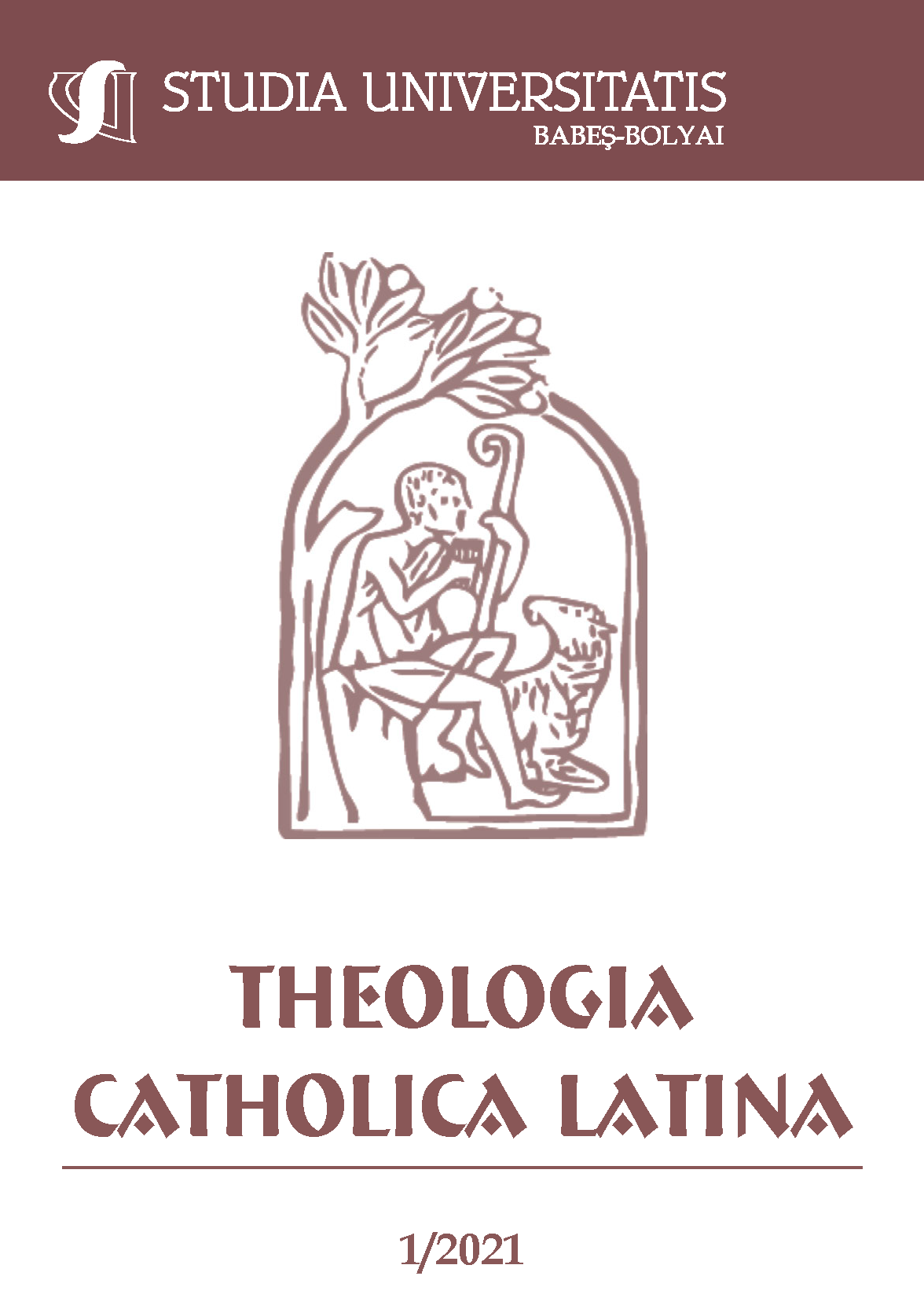ZUR KOLLEGIALITÄT DES BISCHOFSAMTES IM LICHTE DER COMMUNIO-EKK LESIOLOGIE DES ZWEITEN VATIKANISCHEN KONZILS
DOI:
https://doi.org/10.24193/theol.cath.latina.2021.LXVI.1.05Keywords:
communion, Second Vatican Council, communio ecclesiarum, episcopate, College of Bishops, collegiality, church, papal primacy, synodality of the churches, Lumen gentiumAbstract
The collegiality of the episcopate was a particular concern of the Second Vatican Council. Consequently, ordination always integrates the individual bishop into the college of bishops, so that the episcopal authority conferred on him personally can only be exercised as a member of this college. Through the exercise of the collegiality of the bishops, the synodality of the churches is also expressed. In this context, it can be stated that for centuries the universal Church understood itself as a community of the many local churches of equal theological rank, which were in communion with one another. In the first three centuries, the primacy of Rome in the communion was much more strongly connected with the entire Roman community and not with a person or an office. In the West, a new form of ecclesiastical self-understanding and self-realization established itself in the fifth century, in which the bishop of Rome with his office increasingly detached himself from his own church. This ultimately led to the development of a centralised papal church, which was predominant in the second millennium. Since the Second Vatican Council, the Pope has once again been seen primarily as the bishop of a local church, and only from there as the bearer of primacy, and therefore he remains visibly and concretely inserted into the collegiality of the bishops in the service of the synodality of the churches.References
Congar, Y., Die Wesenseigenschaften der Kirche, in: J. Feiner, M. Löhrer (Hrsg.) Mysterium Salutis. Grundriss heilsgeschichtlicher Dogmatik, Bd. IV/1, Einsiedeln 1972, 357–599.
Döring, H., Die Wiederentdeckung der Ortskirche in der katholischen Ekklesiologie, Orthodoxes Forum 2 (1988), 239–257.
Greshake, G., Zentralismus oder Communio der Kirchen?, in: J. Weismayer, U. Struppe (Hrsg.), Öffnung zum Heute: Die Kirche nach dem Konzil, Innsbruck 1991, 31–53.
Kehl, M., Die Kirche: eine katholische Ekklesiologie, Würzburg 1992.
Legrand, H. M., Die Entwicklung der Kirchen als verantwortliche Subjekte: Eine Anfrage an das II. Vatikanum, in: G. Alberigo, Y. Congar, H. J. Pottmeyer (Hrsg.), Kirche im Wandel. Eine kritische Zwischenbilanz nach dem Zweiten Vatikanum, Düsseldorf 1982, 141–174.
Pottmeyer, H. J., Der eine Geist als Prinzip der Einheit der Kirche in Vielfalt.
Auswege aus einer christomonistischen Ekklesiologie, in: PThI 18 (1985), 253–284.
Rahner, K., Kommentar zu LG 18–27, in: LThK. Das Zweite Vatikanische Konzil, Bd. I, Freiburg 1966, 210–246.
Rahner, K., Vorgrimler, H. (Hrsg.), Kleines Konzilskompendium, Freiburg 261994.
Saier, O., „Communio“ in der Lehre des Zweiten Vatikanischen Konzils, München 1973.
Downloads
Published
How to Cite
Issue
Section
License
Copyright (c) 2021 Studia Universitatis Babeș-Bolyai Theologia Catholica Latina

This work is licensed under a Creative Commons Attribution-NonCommercial-NoDerivatives 4.0 International License.



